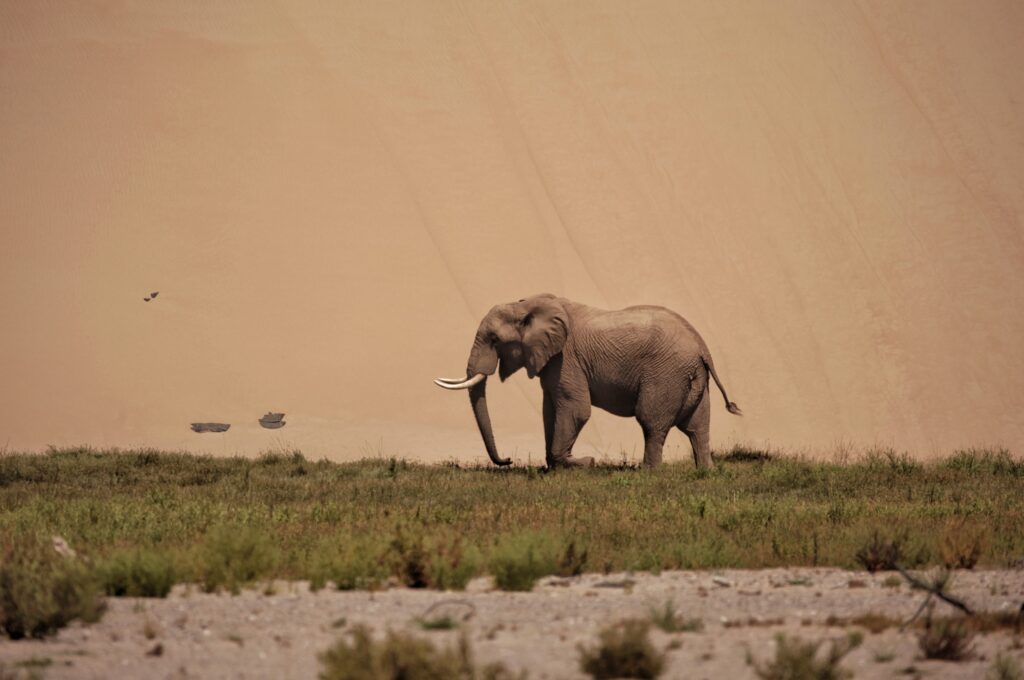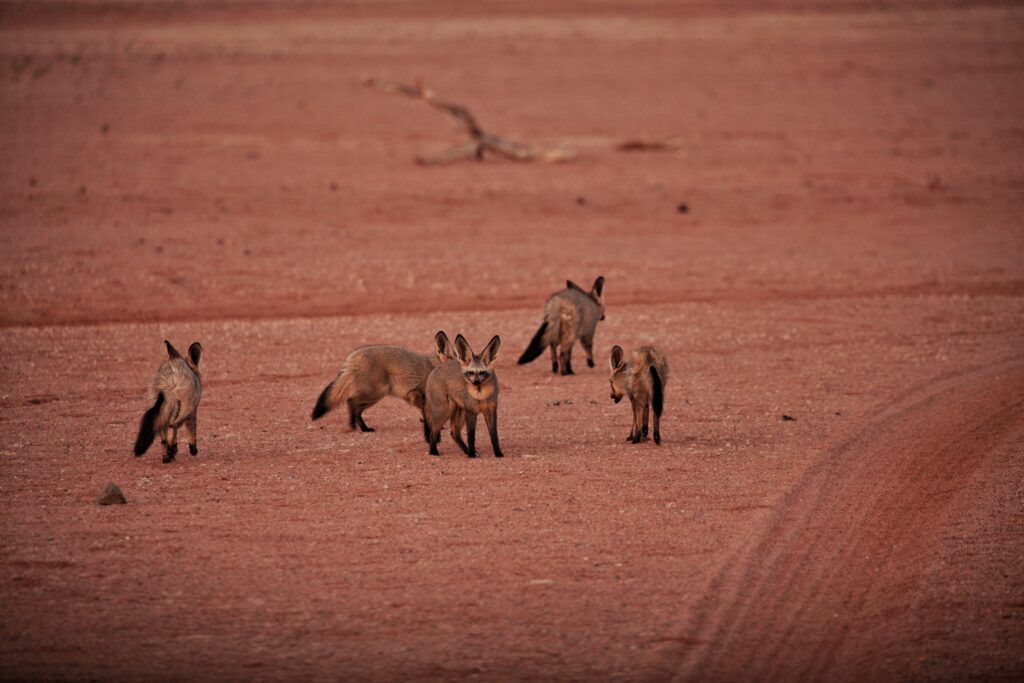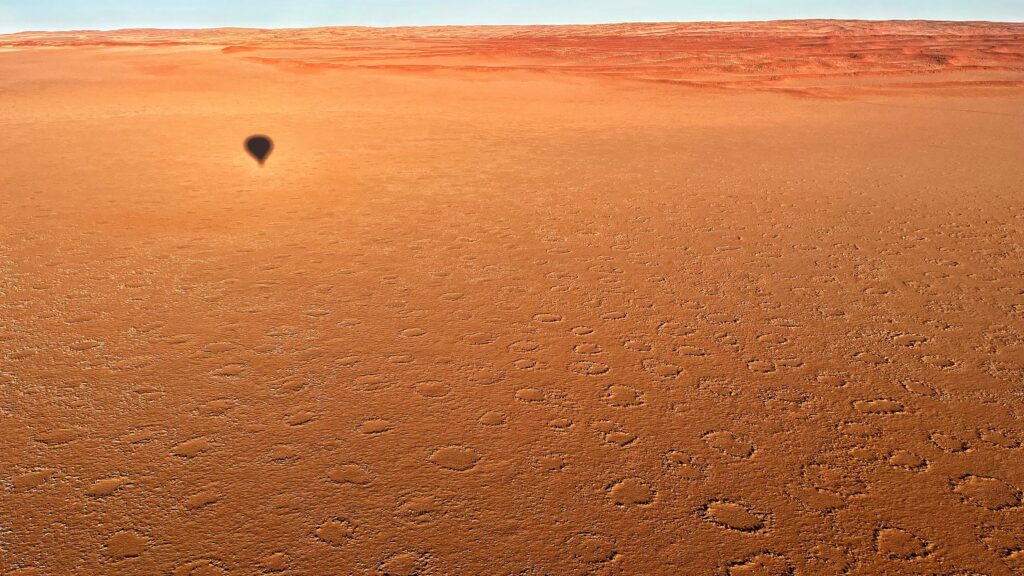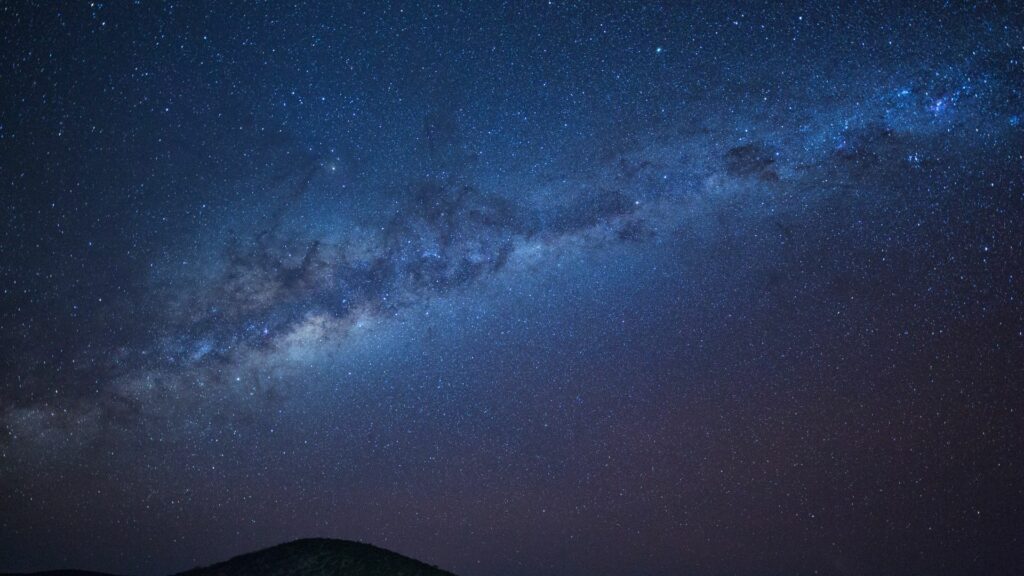I am driving through a sandstorm on a scuffed salt track in Namibia. The name of the park surrounding me translates as “dry land”. The windows of the 4×4 are wound up tight and the air-con is off, but I can still taste the desert.
Through the haze I can just make out a group of pale pink flamingos, huddling together in a small lagoon. On the other side I glimpse ghostly wrecks straining against the pounding Atlantic. Up ahead, there is a dry estuary filled with dust and rocks, waiting for water that never comes.
This is not one of the country’s famous parks, but a 35 kilometres coastal drive between two of Namibia’s fastest growing towns. Behind me is Walvis Bay – an increasingly industrial but commercially important deep water port, and home to the most delicious oysters. Ahead lies Namibia’s holiday town of Swakopmund. The two places could not be more different, but even on this short journey, where you find some of the country’s expensive real estate, Namibia makes its presence felt.
Namib, meaning vast place, tells you everything you need to know. If there is one place that looms large in people’s imagination when they think of Namibia, it is undoubtedly the Skeleton Coast. This 16,000 kilometres long stretch of wild coast, from the Swakop River to the border with Angola, covers nearly a third of the country’s coastline. Often described as a desolate wasteland of bleached bones and rusting wrecks, a land picked clean by scavengers and shrouded in mists and stories, it has a fierce reputation. My journey revealed quite the opposite: a hypnotic landscape, the sculpted, pale dunes softer than those in the fiery south.
As I step out of the 4×4, I look out over a shimmering sea of demerara dunes and the Atlantic ocean, silvery in the distance. The fresh sea breeze over the surface of the land creates a strange, sandy mist in constant motion. My mind plays tricks as land, sea and sky blur into one, making me feel as though I am floating. I reach down, letting the grains of sand brush the tips of my fingers if only to reassure me that I am in fact awake.

I soon leave the dunes and drive down into a small canyon, watching in disbelief as rivers of sand cascade from the cliff tops, dusting the rocky fig trees growing in the cracks below. A lone bull elephant greets us, his tusks brilliant white against the pale dunes behind him. He was drawn to the spring here, a lush green oasis in stark contrast to the parched surroundings. Dozens of beautiful oryx are also slaking their thirst.
Our journey then took us south to the scorched NamibRand Reserve – the oldest desert in the world. I arrive at a private reserve late in the afternoon, where the rolling mountains, vast plains and endless desert scenery is as dazzling as Sossusvlei itself, without the crowds. The distant hills, rich in quartz, sparkle in the setting sun, their lengthening shadows creeping across the vast steppe.

The scale of the scenery is so vast it is almost incomprehensible, but before long, the Daliesque landscape has worked its magic. I watch in awe as Virga rain fell, evaporating mid-air, never reaching the baked earth. Rainbows and electrical storms hang suspended over distant peaks. A family of bat eared foxes dart across the plains, which are covered in mysterious fairy circles. No one seems to know their origin. Fungi, gases, meteorites, even aliens have all been suggested as possible causes, but science has yet to offer a conclusive explanation.

The day turns to night as we gather around the campfire. I mention the circles to my local Damara guide, Papa G. As is often the way, local knowledge trumps all and his explanation was as simple as it was sublime.
“People say this is the land God made in his anger, but they do not understand. When God made Namibia, he was so moved by his creation that he wept. His tears fell from heaven where they remain to this day.”

Looking up at the night sky, the milky way ablaze, there is indeed something of the celestial in this vast place.





